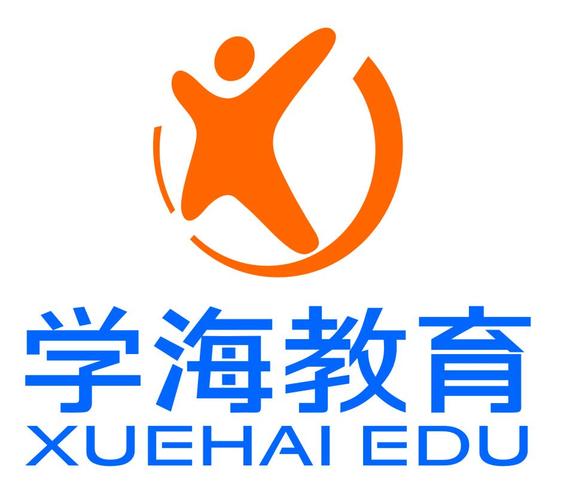教育法律规范包括哪些内容
Title: Understanding Legal Frameworks in Education
Education law encompasses a diverse array of regulations and statutes that govern the operation of educational institutions, the rights and responsibilities of students and educators, and the overall framework within which education is delivered. Let's delve into some of the key legal norms and regulations that shape the landscape of education:
1.
Federal Laws and Regulations:
Every Student Succeeds Act (ESSA):
This federal law, enacted in 2015, replaced the No Child Left Behind Act (NCLB) and governs the United States K12 public education policy. ESSA aims to ensure equity in educational opportunities and improve student outcomes.
Individuals with Disabilities Education Act (IDEA):
Enacted in 1990 and amended in 2004, IDEA ensures that children with disabilities receive a free appropriate public education (FAPE) tailored to their individual needs.
Family Educational Rights and Privacy Act (FERPA):
FERPA protects the privacy of student education records, giving parents certain rights regarding their children's education records.2.
State Education Laws:
Curriculum Standards:
States establish standards for what students should know and be able to do at each grade level, typically in subjects like mathematics, English language arts, science, and social studies.
Teacher Certification and Licensure:
States regulate the certification and licensure of teachers, ensuring they meet certain qualifications and standards.
Attendance and Truancy Laws:
States have laws mandating school attendance up to a certain age, and they often impose penalties for truancy.3.
Local School District Policies:
Student Codes of Conduct:
School districts establish codes of conduct outlining expected behavior for students, along with disciplinary procedures for violations.
Safety Policies:
Districts implement policies to ensure the safety and wellbeing of students and staff, including emergency response plans and antibullying measures.
Budget and Finance:
Local districts manage budgets and finances, allocating resources for staffing, facilities, and educational programs.4.
Higher Education Regulations:
Title IX:
Title IX of the Education Amendments of 1972 prohibits sexbased discrimination in educational programs and activities that receive federal funding, including colleges and universities.
Clery Act:
This law requires colleges and universities that participate in federal financial aid programs to disclose information about crime on and around their campuses.
Accreditation:
Higher education institutions must meet certain standards set by accrediting agencies to maintain accreditation, which affects eligibility for federal funding and student financial aid.5.
Emerging Legal Issues:
Digital Learning:
With the rise of online education, legal issues related to data privacy, intellectual property rights, and accessibility are becoming increasingly important.
Special Education:
Ensuring equitable access to education for students with disabilities continues to be a complex legal issue, with ongoing debates about funding, placement, and inclusion.
Student Rights and Free Speech:
Balancing students' rights to free speech with the need to maintain a safe and inclusive learning environment presents ongoing legal challenges for educators and administrators.Guidance and Recommendations:
Stay Informed:
Educators, administrators, and policymakers should stay abreast of changes to federal, state, and local education laws and regulations to ensure compliance and advocate for necessary reforms.
Seek Legal Counsel:
When facing complex legal issues or potential disputes, it's essential to consult with legal experts specializing in education law to navigate the complexities of the legal system.
Prioritize Equity:
Education laws should be interpreted and implemented with a focus on promoting equity and ensuring that all students have access to highquality educational opportunities, regardless of their background or circumstances.By understanding and adhering to the legal frameworks that govern education, stakeholders can work together to create safe, inclusive, and effective learning environments that support the success of all students.
免责声明:本网站部分内容由用户自行上传,若侵犯了您的权益,请联系我们处理,谢谢!











